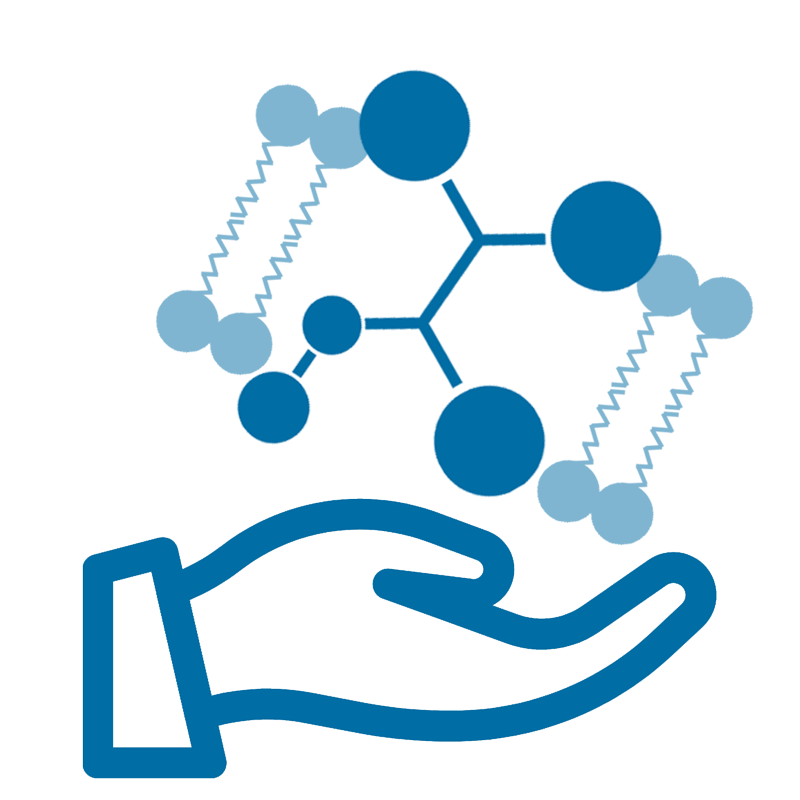Transmembrane Protein Expression Service
Production of difficult to express transmembrane proteins
Transmembrane proteins span the entire phospholipid bilayer of the membrane as integral proteins. Often, transmembrane proteins contain amino acids with hydrophobic side chains that interact with the hydrocarbon chains of the fatty acids in the membranes. The membrane-spanning domains consist of one to several alpha helices or several beta sheets. Additional segments, which can be up to several hundred amino acids long, project into the aqueous environment on either side of the membrane.Transmembrane proteins play an important role in fundamental physiological processes. Among other things, they have functionality as receptors, ion channels and carriers, cell adhesion molecules, and structural proteins of the extracellular matrix. They are specific to each membrane type of a cell.
The expression, purification and stabilization of transmembrane proteins often proves to be very difficult due to the highly hydrophobic transmembrane domains. Currently our partners use several transmembrane protein expression technologies like virus like particles (VLPs), detergent micelles or nanodiscs.
Nanodiscs
Some transmembrane proteins are sensitive to detergents and therefore not suitable for buffer containing detergents. These proteins are easily degraded and inactivated. In this case the nanodiscs technology can be the solution. Nanodiscs mimic the native phospholipid bilayer of cells. They can be differentiated between their phospholipid composition and their type of stabilizer. Synthetic nanodiscs use synthetic polymers, whereas membrane scaffold protein (MSP) nanodiscs use MSP proteins.
Detergent Micelles
To support the natural conformation of transmembrane proteins, detergent micelles can be used. Detergents are bipolar molecules, which can disintegrate lipid membranes to release transmembrane proteins. They provide a hydrophobic environment for transmembrane proteins in the state of membrane removal to maintain the hydrophobic transmembrane structure of transmembrane proteins.
Virus Like Particles (VLPs)
Virus Like Particles (VLPs) are nanometer-scale particles with the ability to self-assemble and mimicking the form and size of a virus particle. VLPs do not contain viral nucleic acid, cannot replicate autonomously, have high safety, and an overall structure similar to virus particles. Onto recombinant VLP surface the native transmembrane can be reconstituted.
At BIOZOL you have the opportunity to express your wished transmembrane protein according to your specific requirements.
Please enter the required information below. You can provide these information in German or English.
After submission, we will contact you shortly.


